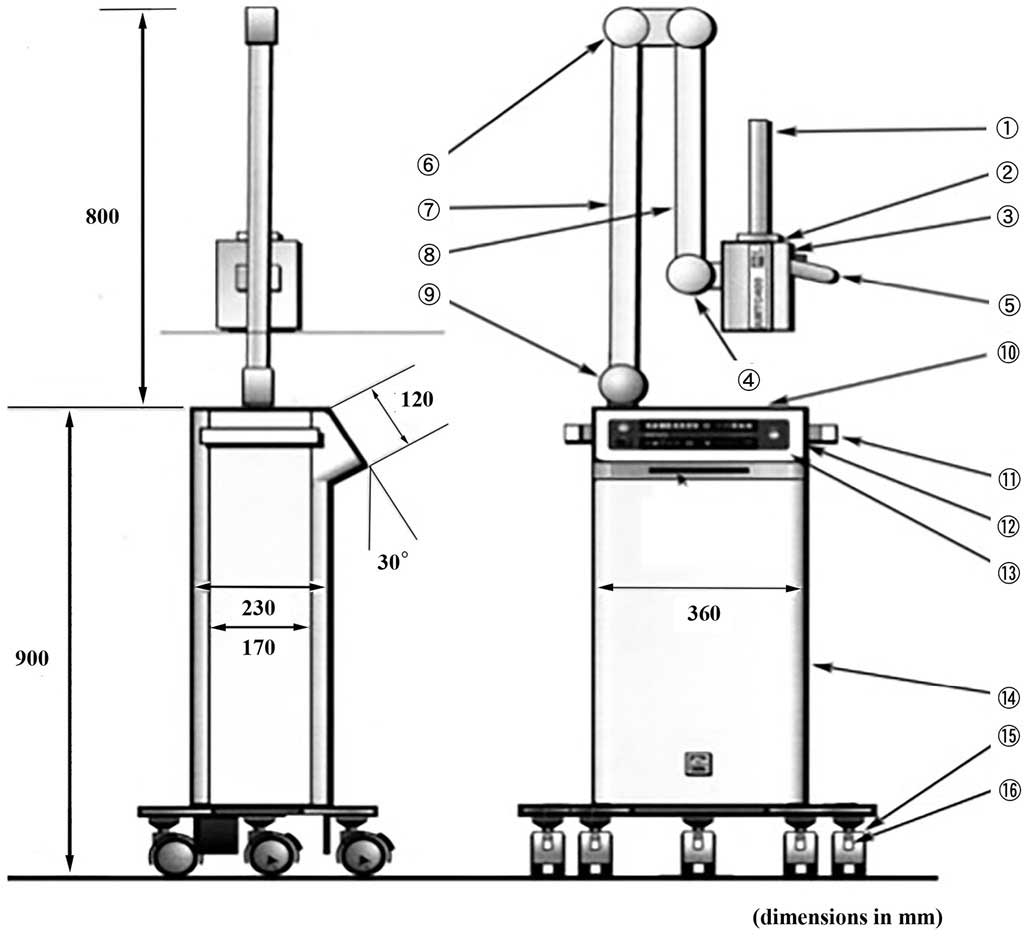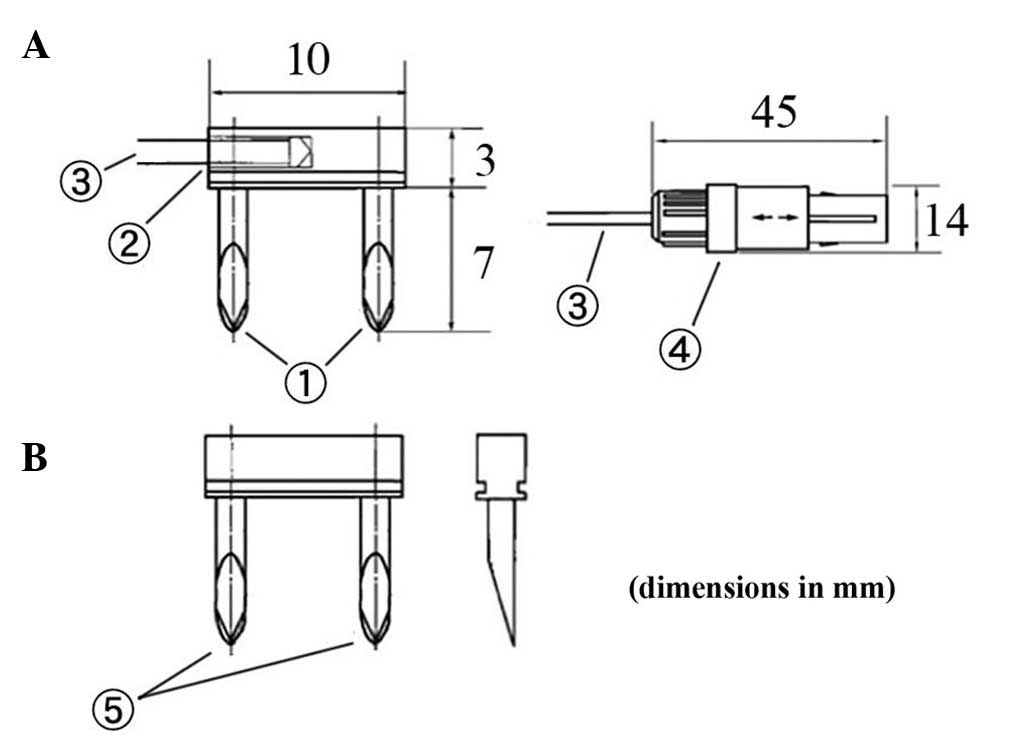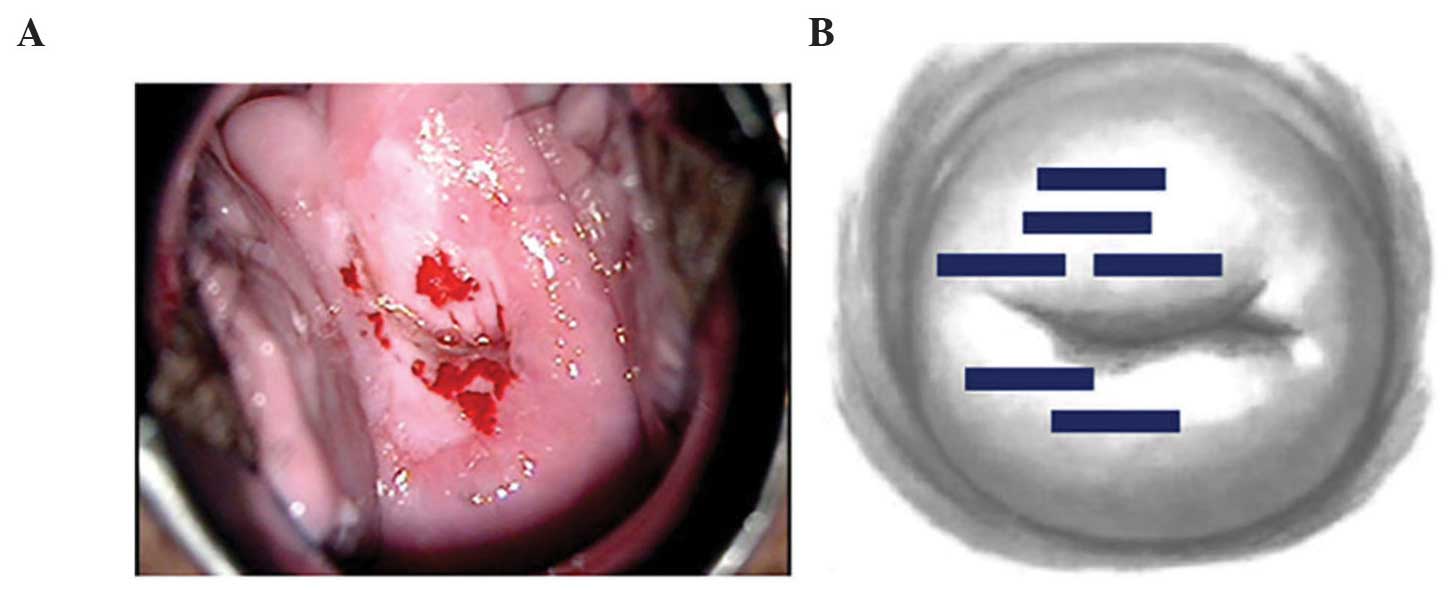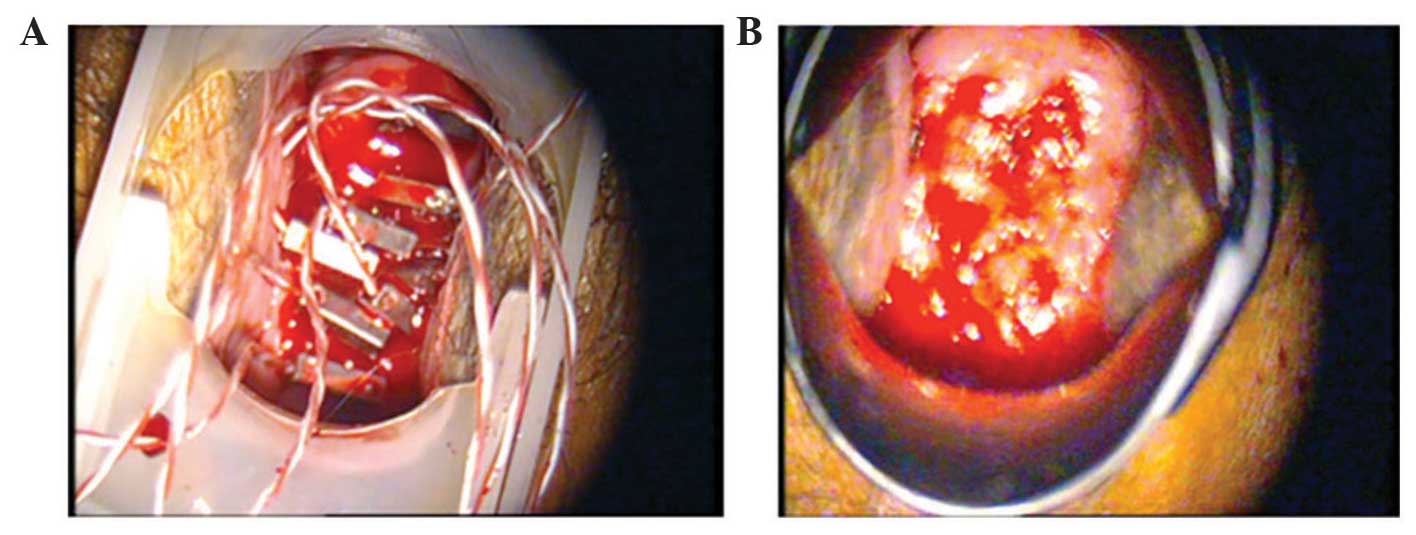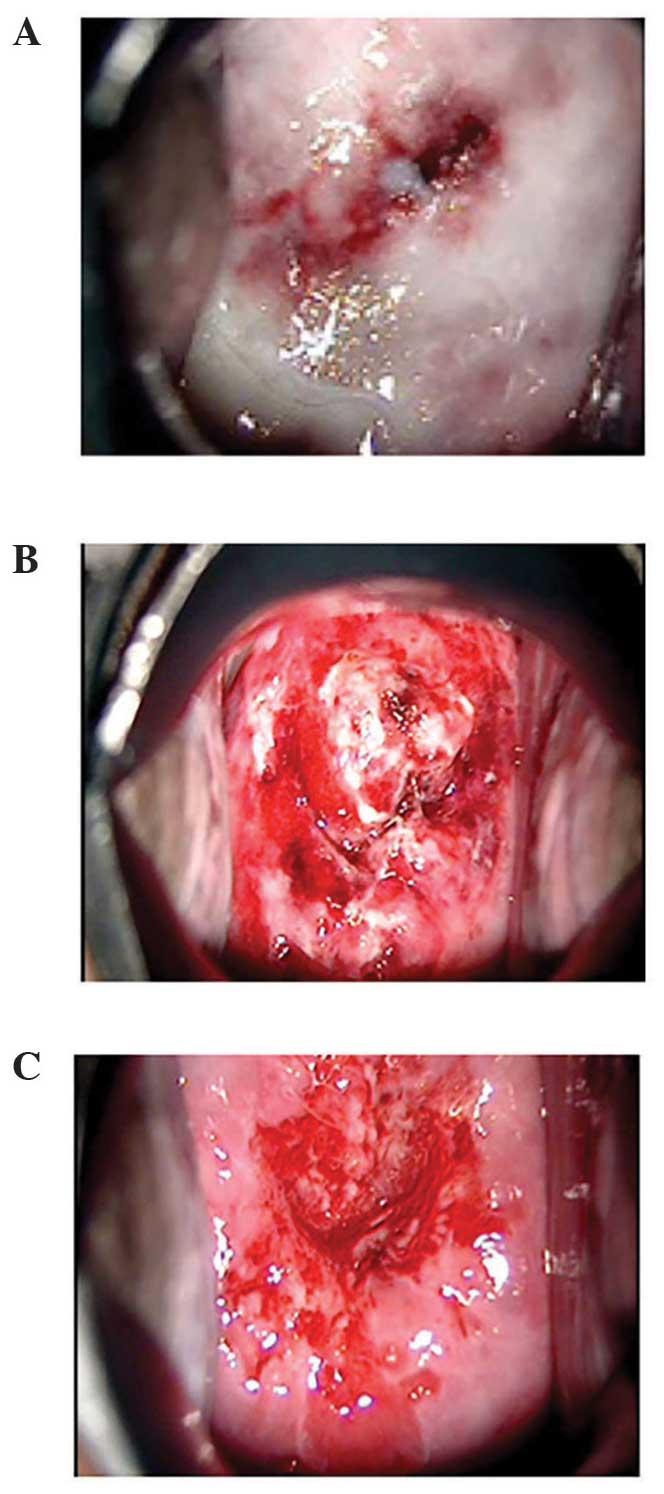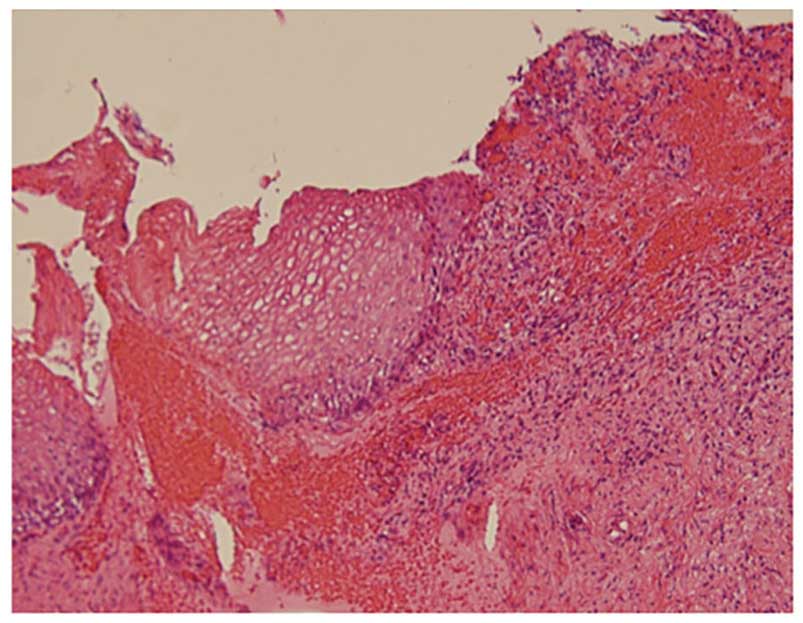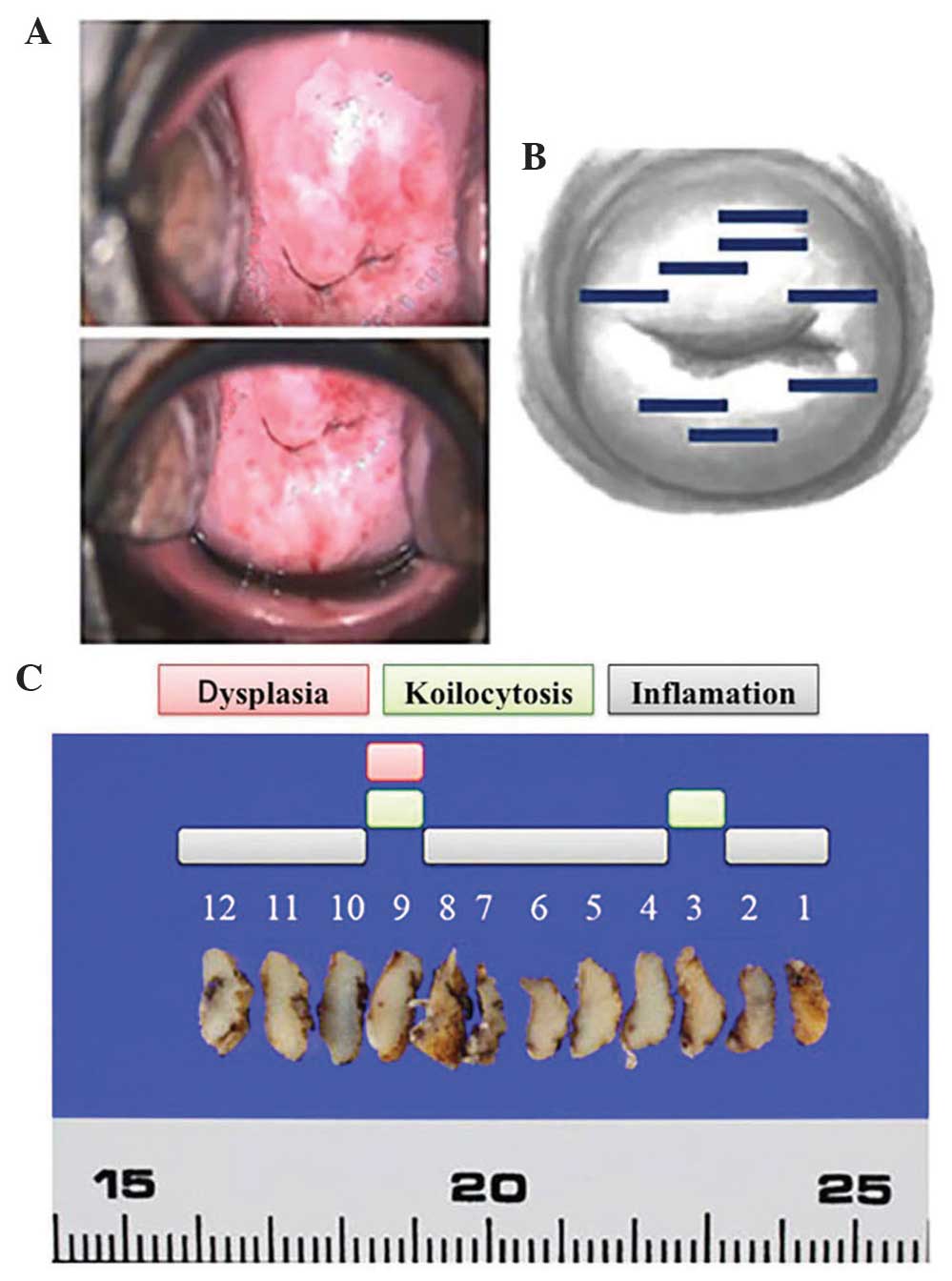|
1
|
McCredie MR, Sharples KJ, Paul C, Baranyai
J, Medley G, Jones RW and Skegg DC: Natural history of cervical
neoplasia and risk of invasive cancer in women with cervical
intraepithelial neoplasia 3: A retrospective cohort study. Lancet
Oncol. 9:425–434. 2008. View Article : Google Scholar : PubMed/NCBI
|
|
2
|
Soutter WP, Sasieni P and Panoskaltsis T:
Long-term risk of invasive cervical cancer after treatment of
squamous cervical intraepithelial neoplasia. Int J Cancer.
118:2048–2055. 2006. View Article : Google Scholar : PubMed/NCBI
|
|
3
|
Strander B, Andersson-Ellström A, Milsom I
and Sparén P: Long term risk of invasive cancer after treatment for
cervical intraepithelial neoplasia grade 3: Population based cohort
study. BMJ. 335:10772007. View Article : Google Scholar : PubMed/NCBI
|
|
4
|
Herbert A: Cervical screening in England
and Wales: Its effect has been underestimated. Cytopathology.
11:471–479. 2000. View Article : Google Scholar : PubMed/NCBI
|
|
5
|
Paraskevaidis E, Kitchener HC, Miller ID,
Mann E, Jandial L and Fisher PM: A population-based study of
microinvasive disease of the cervix - a colposcopic and cytologic
analysis. Gynecol Oncol. 45:9–12. 1992. View Article : Google Scholar : PubMed/NCBI
|
|
6
|
Fallani MG, Penna C, Fambrini M and
Marchionni M: Laser CO2 vaporization for high-grade cervical
intraepithelial neoplasia: A long-term follow-up series. Gynecol
Oncol. 91:130–133. 2003. View Article : Google Scholar : PubMed/NCBI
|
|
7
|
Mathevet P, Chemali E, Roy M and Dargent
D: Long-term outcome of a randomized study comparing three
techniques of conization: Cold knife, laser, and LEEP. Eur J Obstet
Gynecol Reprod Biol. 106:214–218. 2003. View Article : Google Scholar : PubMed/NCBI
|
|
8
|
Ueda M, Ueki K, Kanemura M, Izuma S,
Yamaguchi H, Nishiyama K, Tanaka Y, Terai Y and Ueki M: Diagnostic
and therapeutic laser conization for cervical intraepithelial
neoplasia. Gynecol Oncol. 101:143–146. 2006. View Article : Google Scholar : PubMed/NCBI
|
|
9
|
van Hamont D, van Ham MA, Struik-van der
Zanden PH, Keijser KG, Bulten J, Melchers WJ and Massuger LF:
Long-term follow-up after large-loop excision of the transformation
zone: Evaluation of 22 years treatment of high-grade cervical
intraepithelial neoplasia. Int J Gynecol Cancer. 16:615–619. 2006.
View Article : Google Scholar : PubMed/NCBI
|
|
10
|
Kitchener HC, Cruickshank ME and Farmery
E: The 1993 British society for colposcopy and cervical
pathology/national coordinating network united kingdom colposcopy
survey. Comparison with 1988 and the response to introduction of
guidelines. Br J Obstet Gynaecol. 102:549–552. 1995. View Article : Google Scholar : PubMed/NCBI
|
|
11
|
Prendiville W, Cullimore J and Norman S:
Large loop excision of the transformation zone (LLETZ). A new
method of management for women with cervical intraepithelial
neoplasia. Br J Obstet Gynaecol. 96:1054–1060. 1989. View Article : Google Scholar : PubMed/NCBI
|
|
12
|
Arbyn M, Kyrgiou M, Simoens C, Raifu AO,
Koliopoulos G, Martin-Hirsch P, Prendiville W and Paraskevaidis E:
Perinatal mortality and other severe adverse pregnancy outcomes
associated with treatment of cervical intraepithelial neoplasia:
Meta-analysis. BMJ. 337:a12842008. View Article : Google Scholar : PubMed/NCBI
|
|
13
|
Bevis KS and Biggio JR: Cervical
conization and the risk of preterm delivery. Am J Obstet Gynecol.
205:19–27. 2011. View Article : Google Scholar : PubMed/NCBI
|
|
14
|
Kyrgiou M, Koliopoulos G, Martin-Hirsch P,
Arbyn M, Prendiville W and Paraskevaidis E: Obstetric outcomes
after conservative treatment for intraepithelial or early invasive
cervical lesions: Systematic review and meta-analysis. Lancet.
367:489–498. 2006. View Article : Google Scholar : PubMed/NCBI
|
|
15
|
Sadler L, Saftlas A, Wang W, Exeter M,
Whittaker J and McCowan L: Treatment for cervical intraepithelial
neoplasia and risk of preterm delivery. JAMA. 291:2100–2106. 2004.
View Article : Google Scholar : PubMed/NCBI
|
|
16
|
Inaba K, Nagasaka K, Kawana K, Arimoto T,
Matsumoto Y, Tsuruga T, Mori-Uchino M, Miura S, Sone K, Oda K, et
al: High-risk human papillomavirus correlates with recurrence after
laser ablation for treatment of patients with cervical
intraepithelial neoplasia 3: A long-term follow-up retrospective
study. J Obstet Gynaecol Res. 40:554–560. 2014. View Article : Google Scholar : PubMed/NCBI
|
|
17
|
Ghaem-Maghami S, Sagi S, Majeed G and
Soutter WP: Incomplete excision of cervical intraepithelial
neoplasia and risk of treatment failure: A meta-analysis. Lancet
Oncol. 8:985–993. 2007. View Article : Google Scholar : PubMed/NCBI
|
|
18
|
Skjeldestad FE, Hagen B, Lie AK and
Isaksen C: Residual and recurrent disease after laser conization
for cervical intraepithelial neoplasia. Obstet Gynecol. 90:428–433.
1997. View Article : Google Scholar : PubMed/NCBI
|
|
19
|
Insinga RP, Glass AG and Rush BB:
Diagnoses and outcomes in cervical cancer screening: A
population-based study. Am J Obstet Gynecol. 191:105–113. 2004.
View Article : Google Scholar : PubMed/NCBI
|
|
20
|
Chen J, Keltner L, Christophersen J, Zheng
F, Krouse M, Singhal A and Wang SS: New technology for deep light
distribution in tissue for phototherapy. Cancer J. 8:154–163. 2002.
View Article : Google Scholar : PubMed/NCBI
|
|
21
|
Kikkawa H: Anti-tumor effects of induced
hyperthermia using a MgFe2O4 needle in rat tumor models. Ehime
Igaku. 24:156–164. 2005.
|



